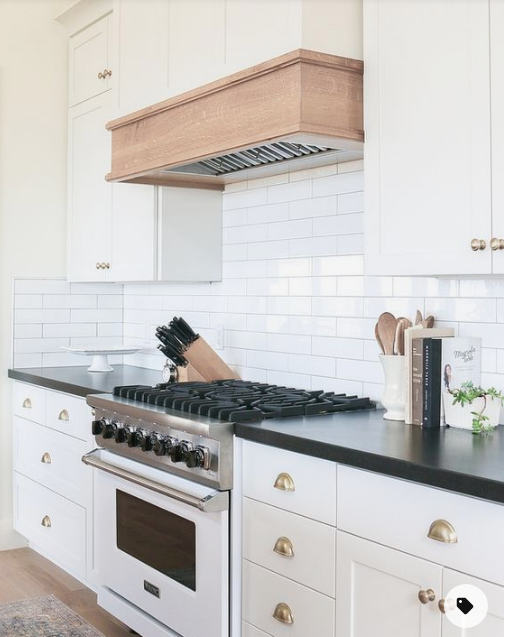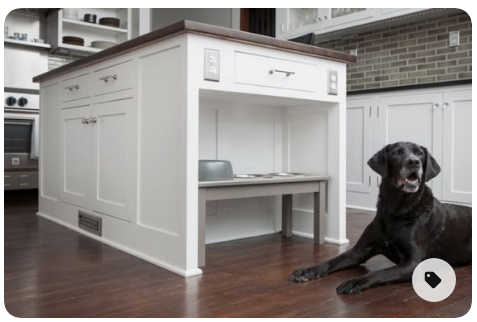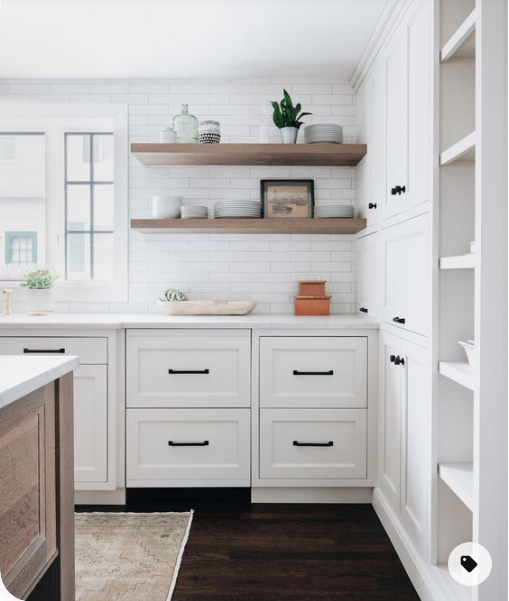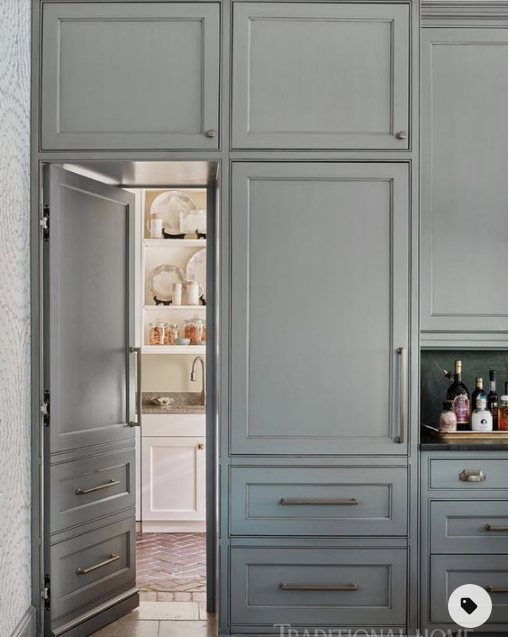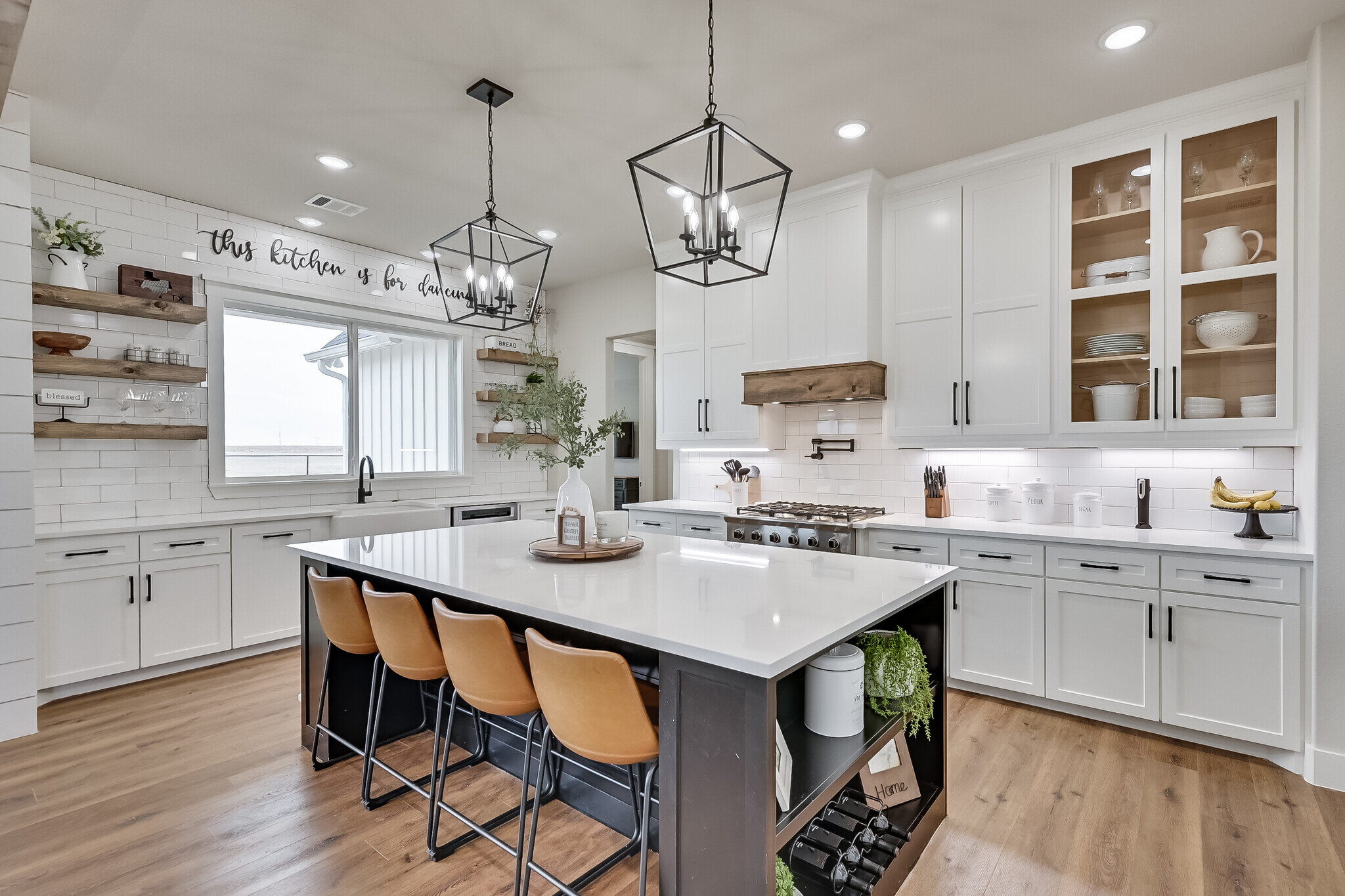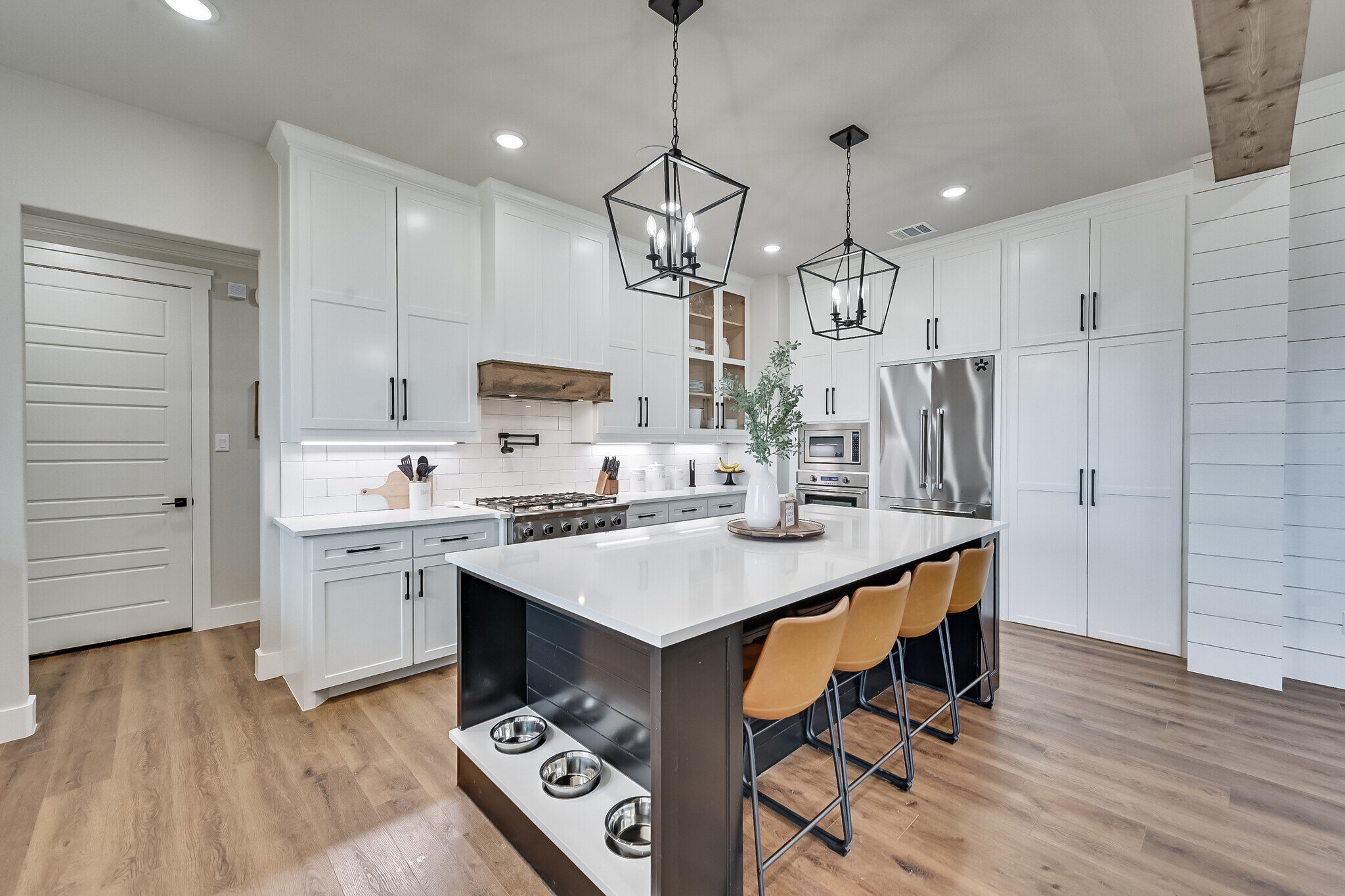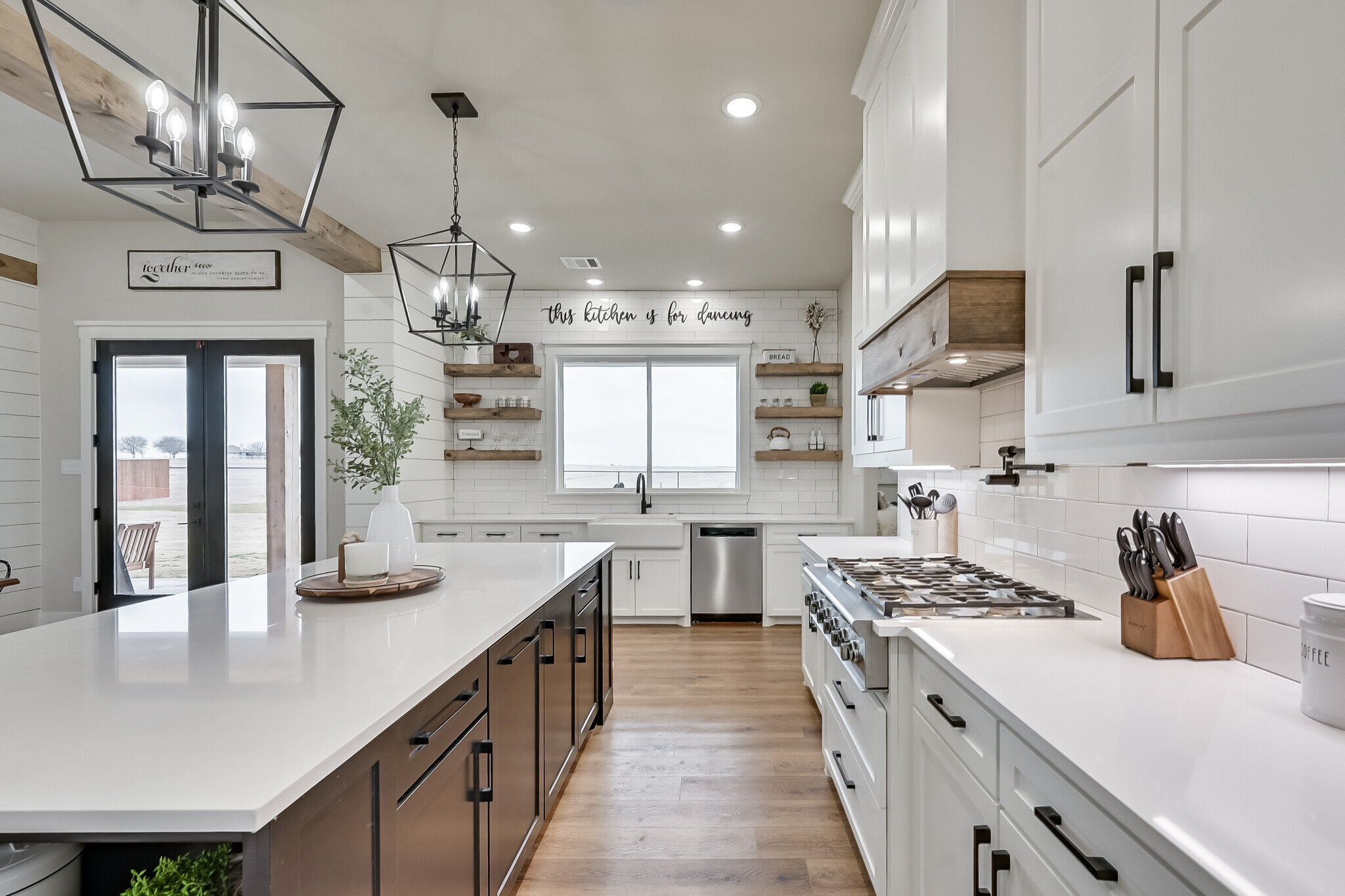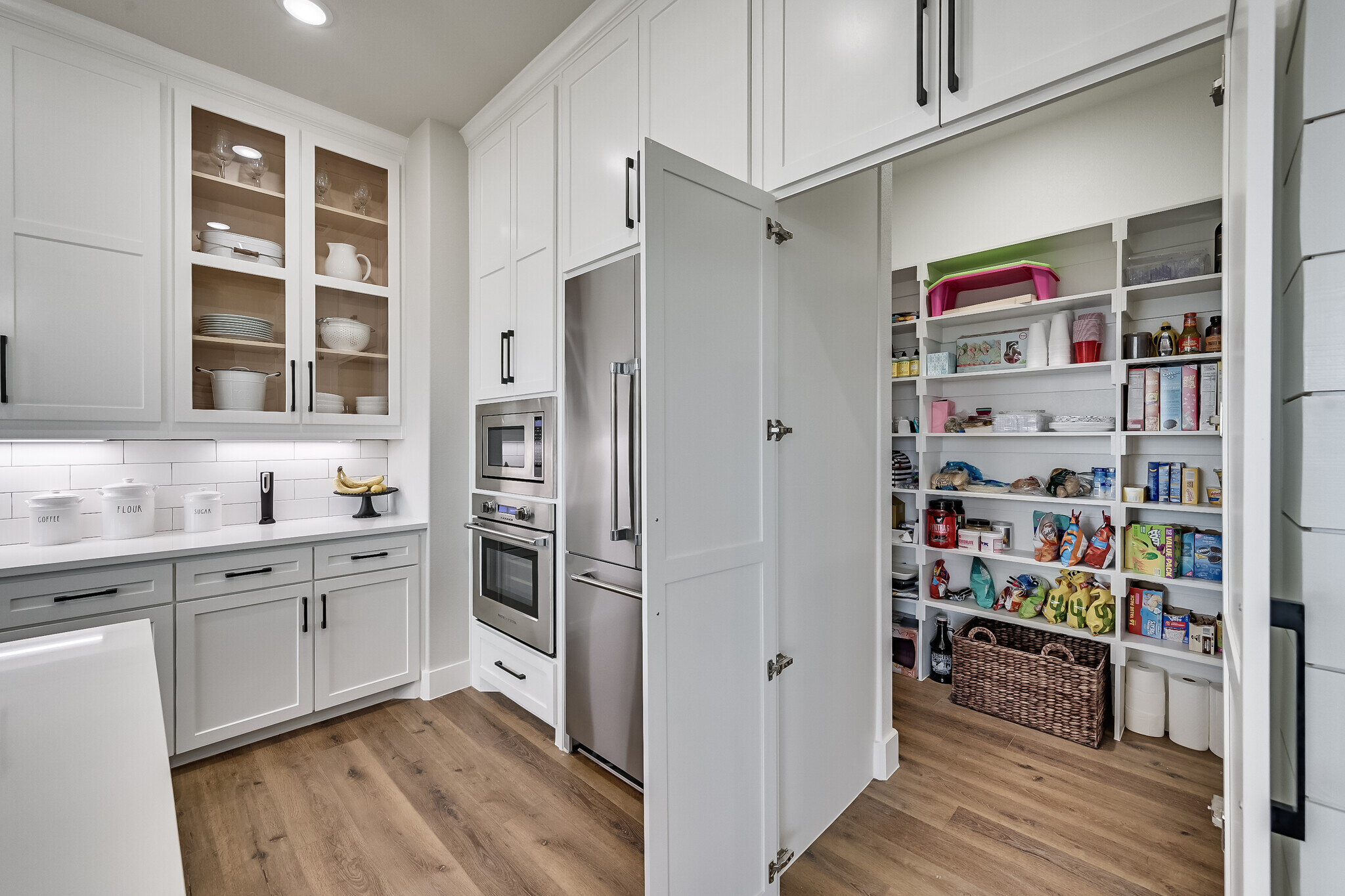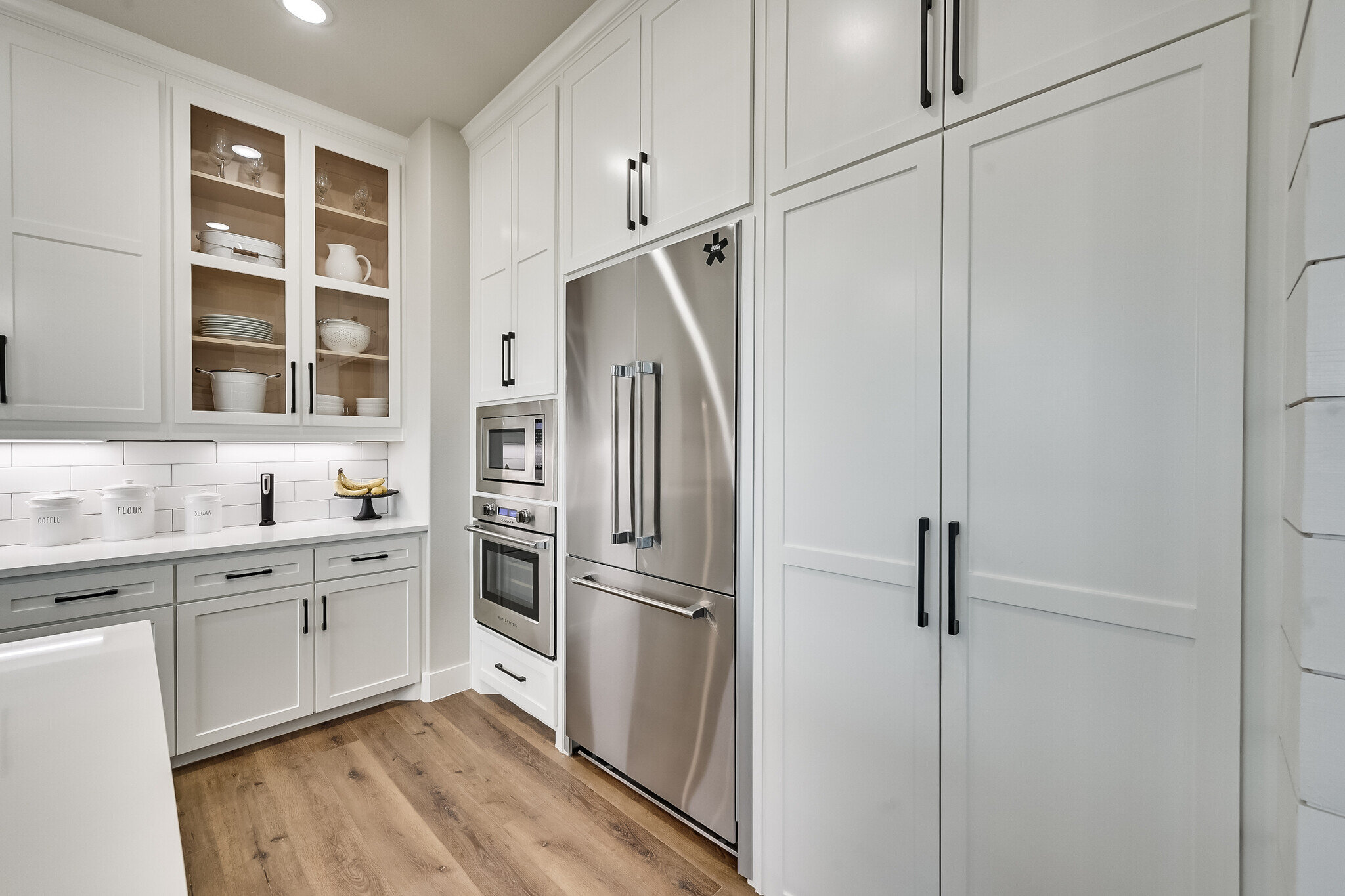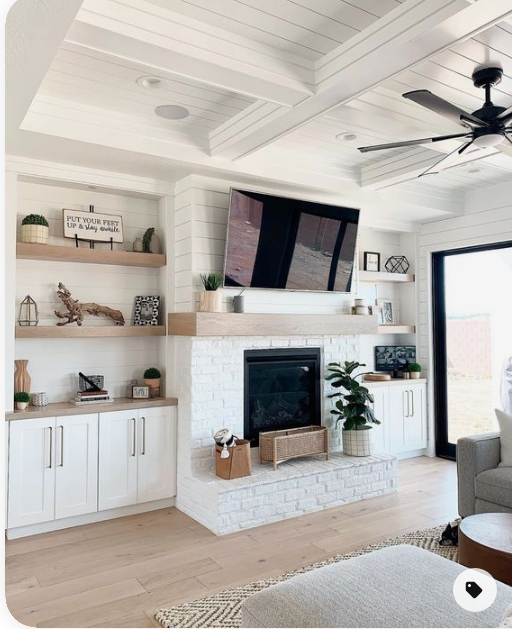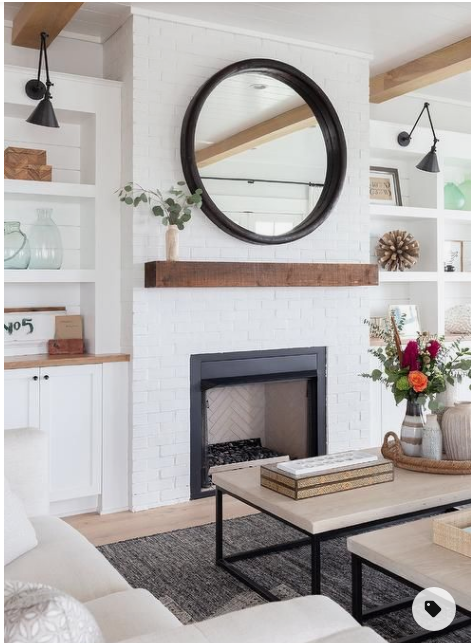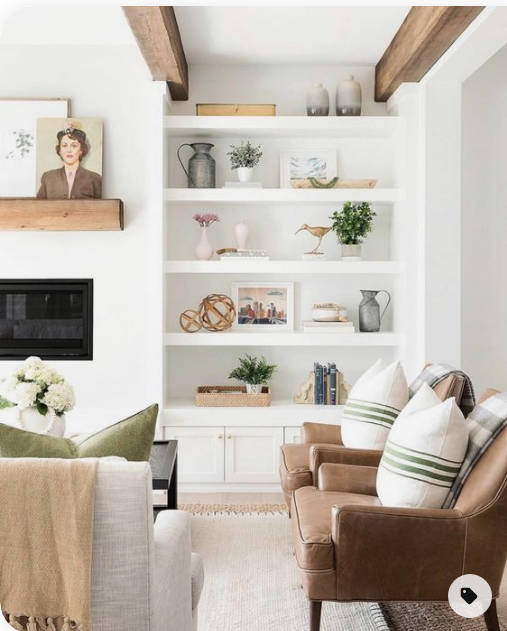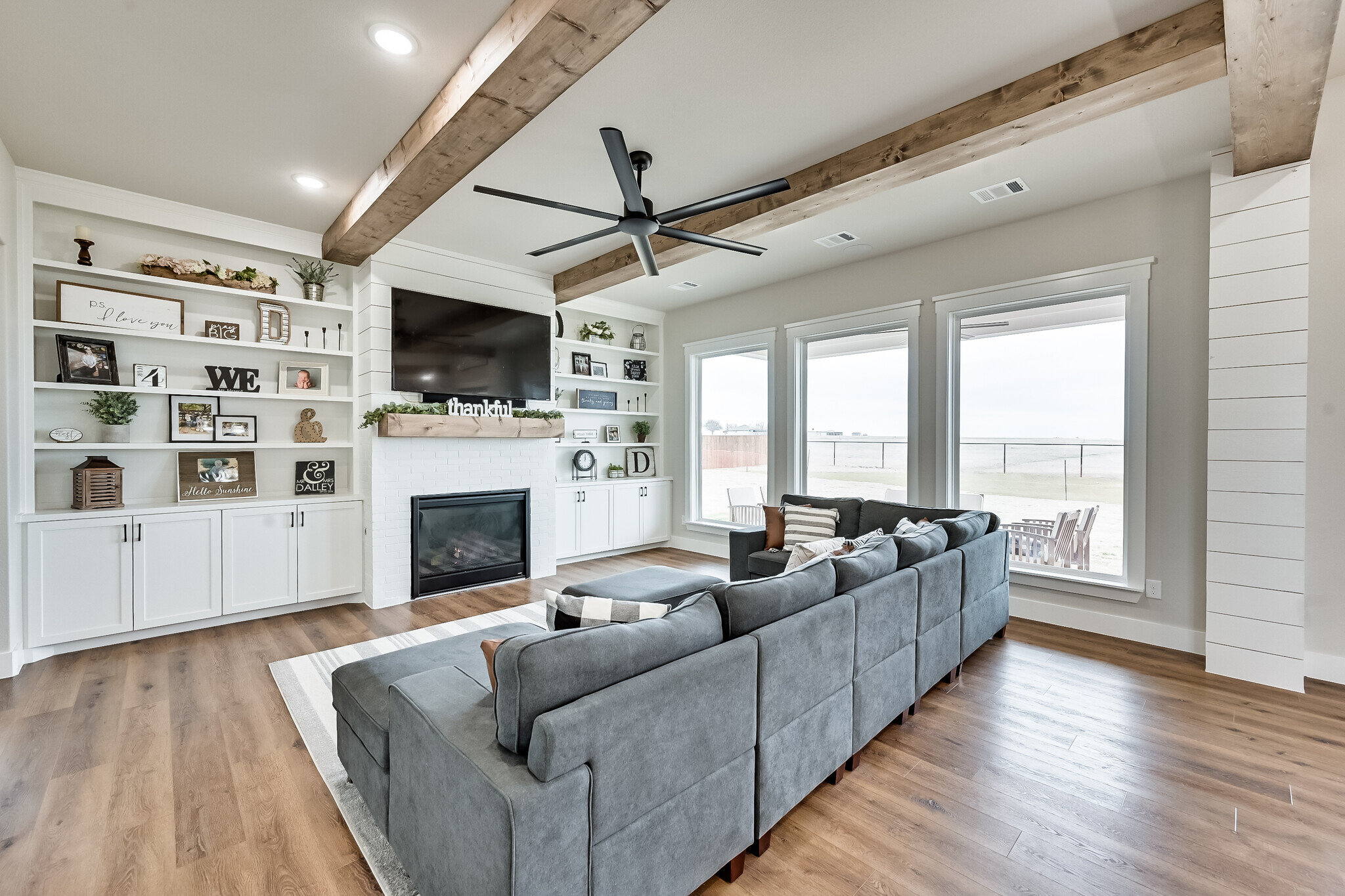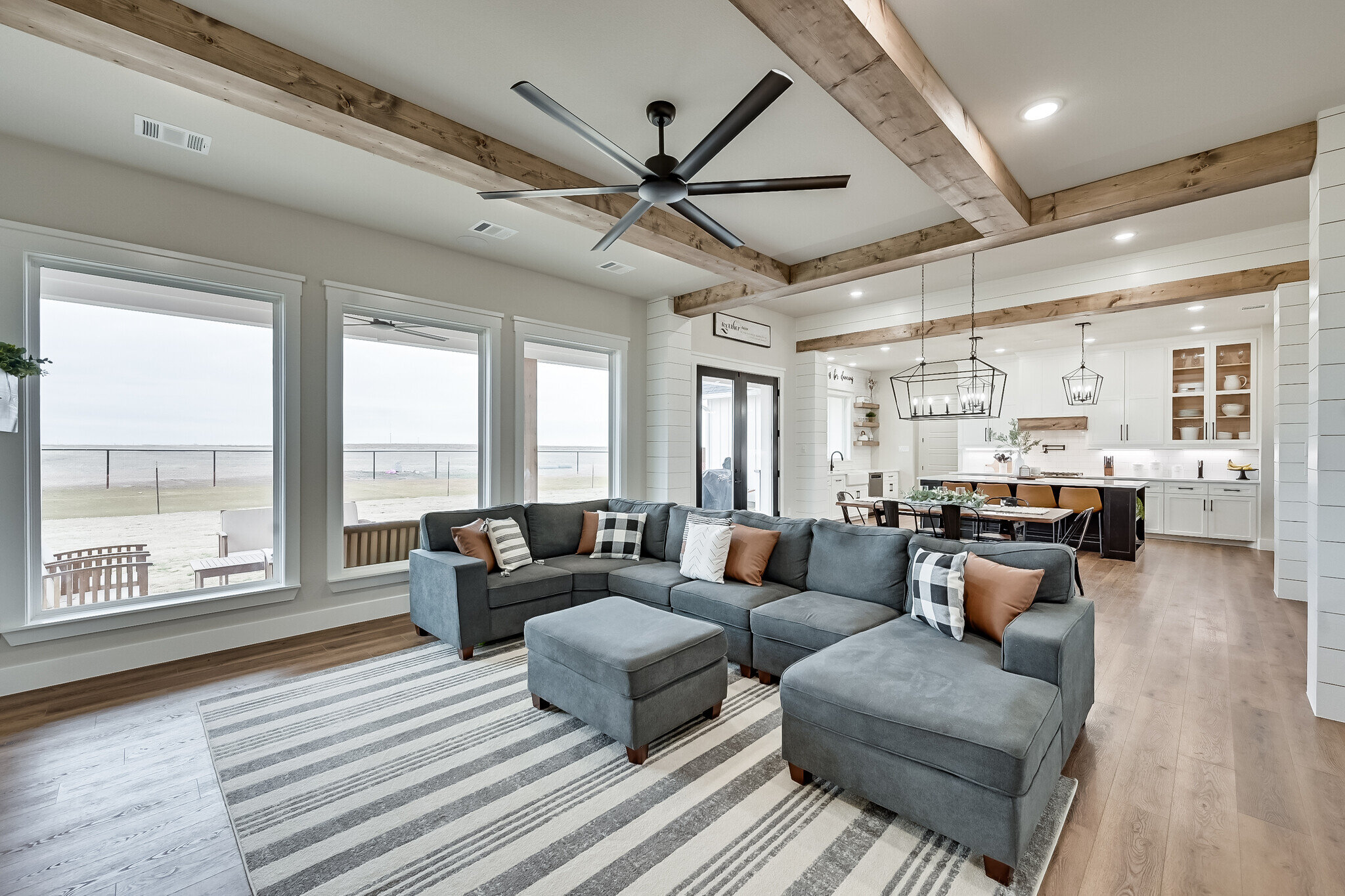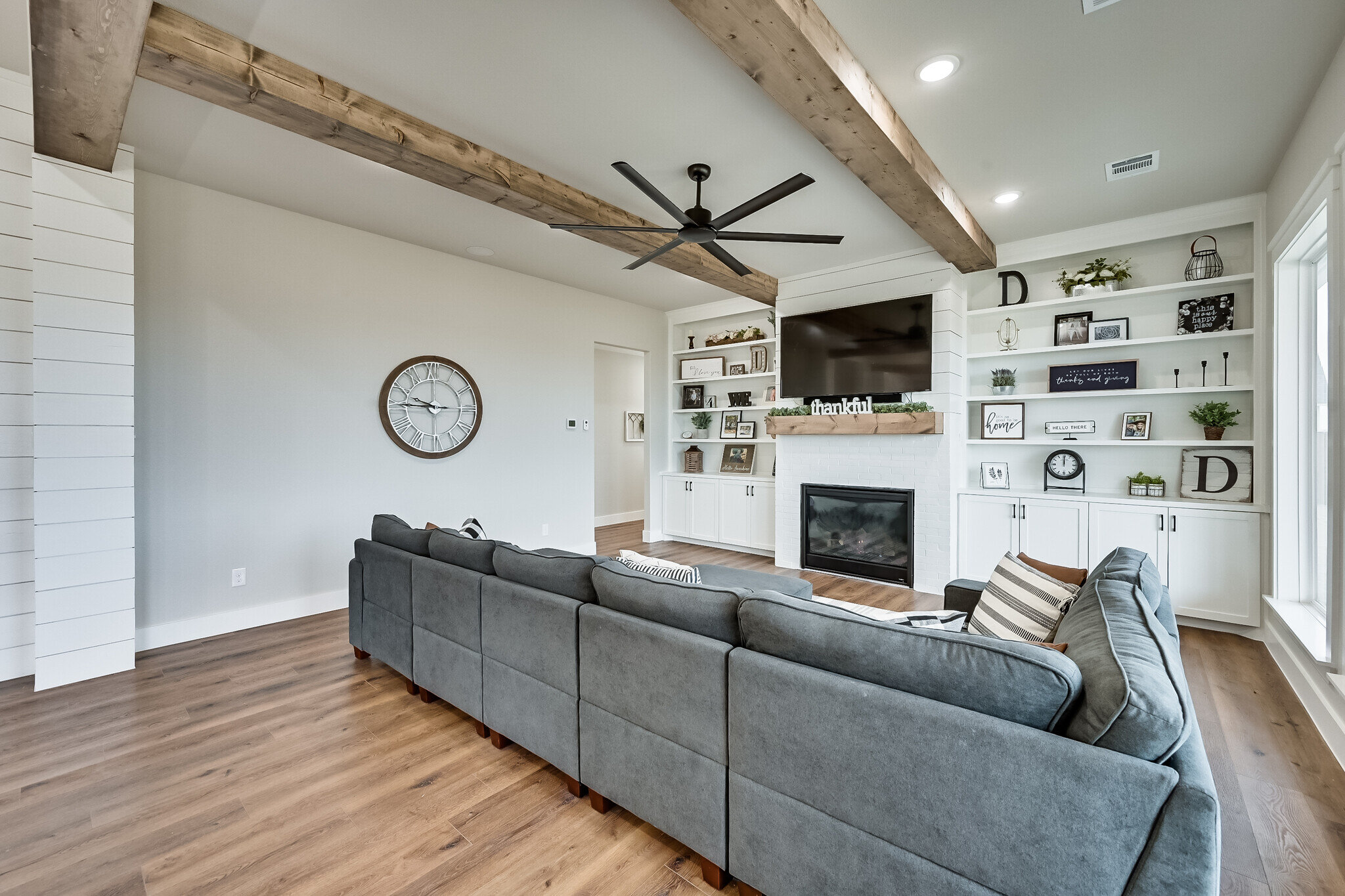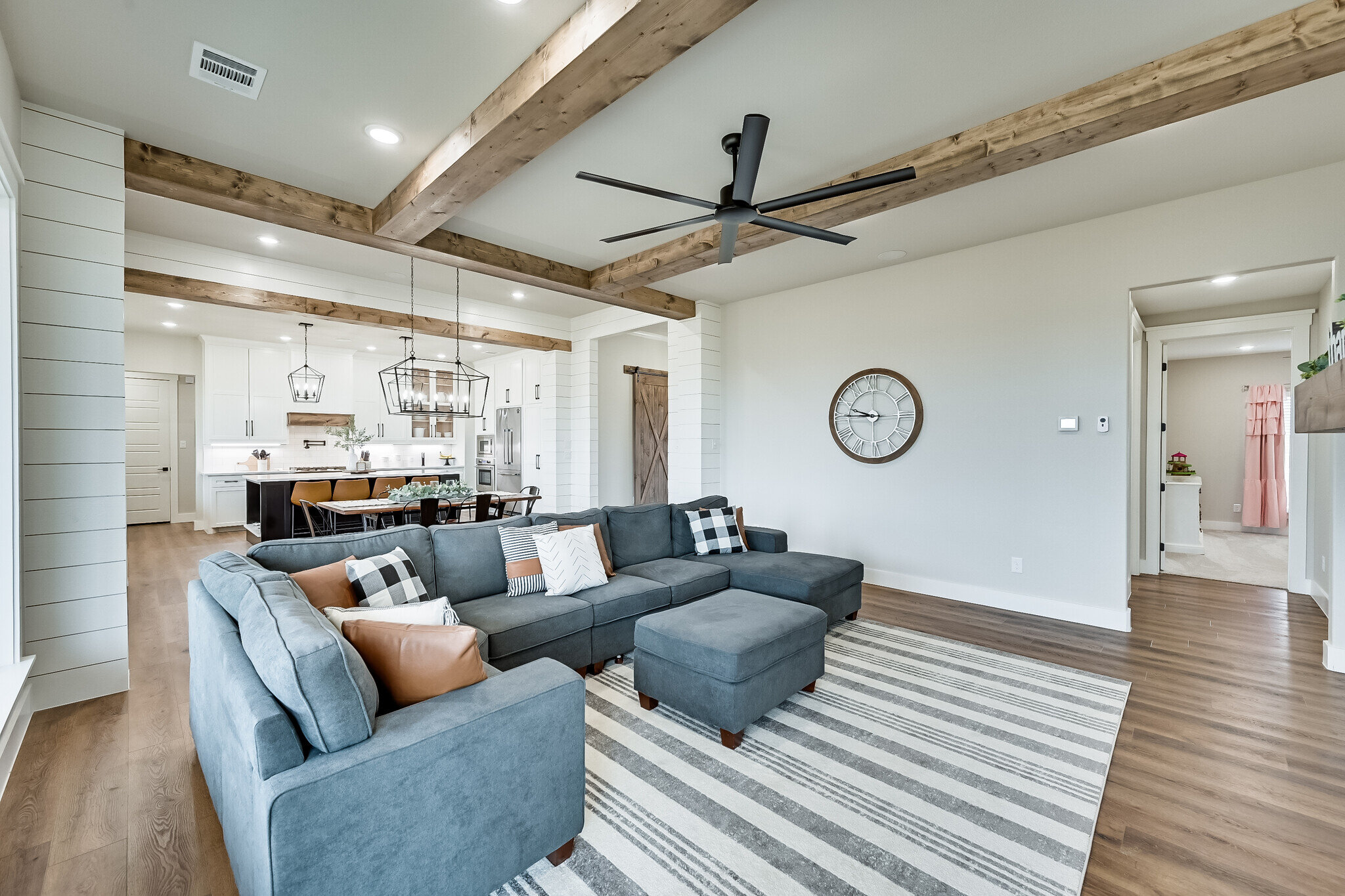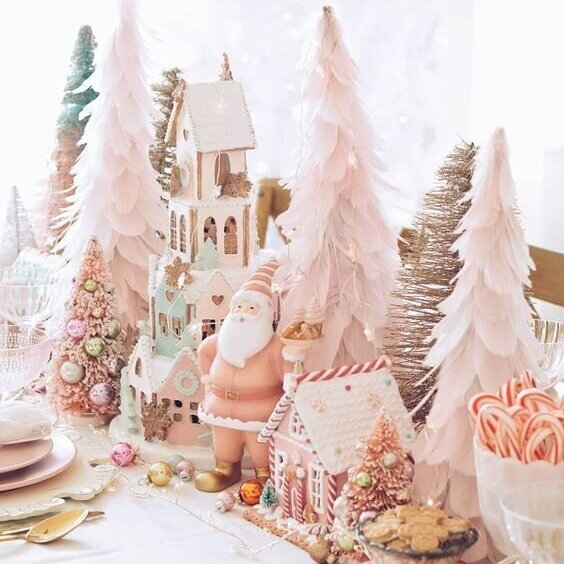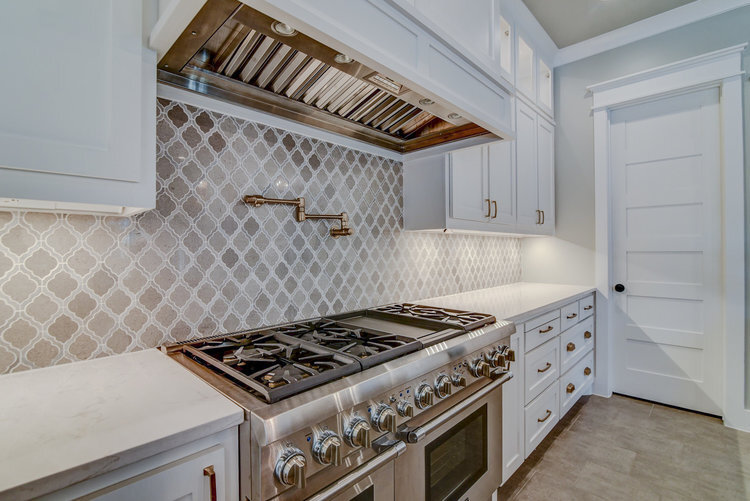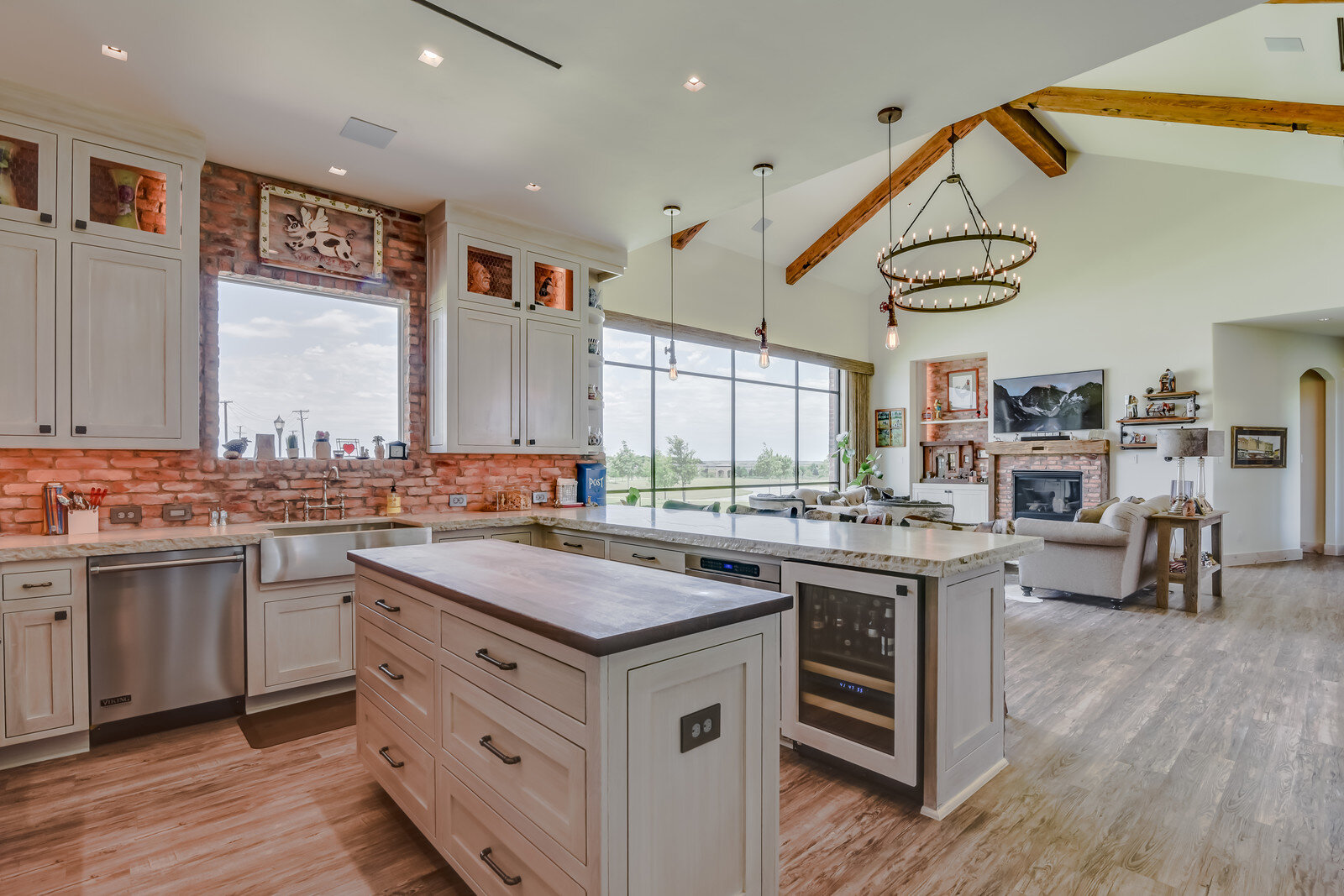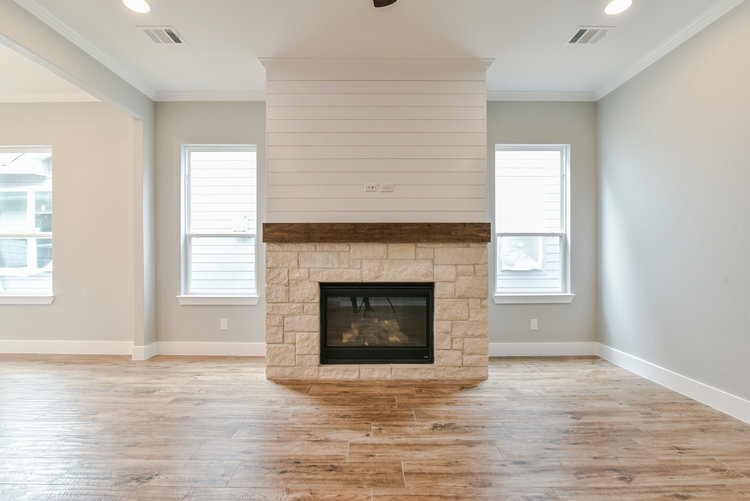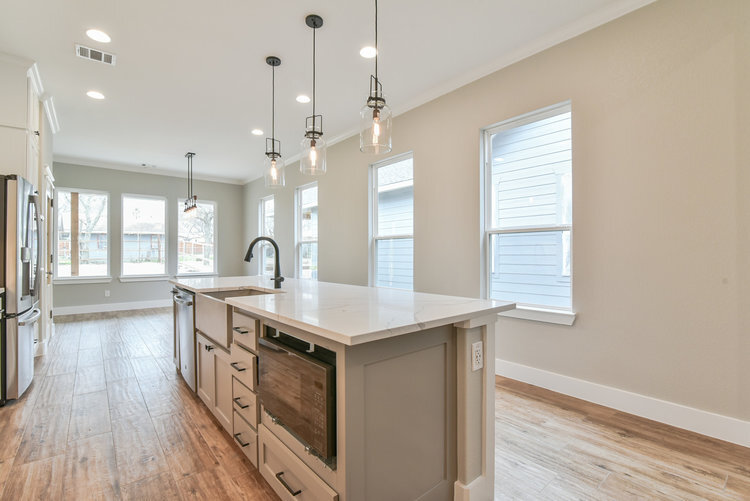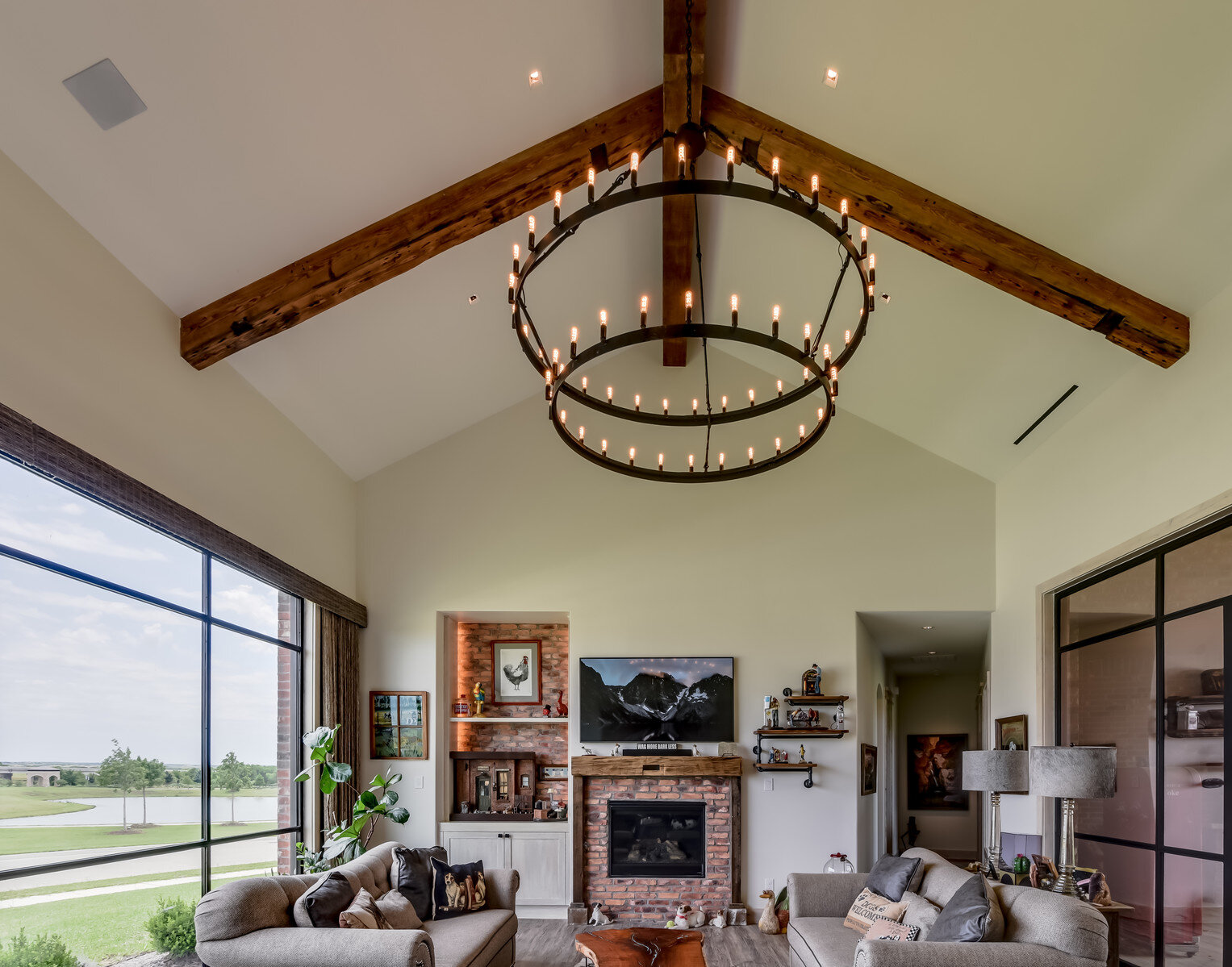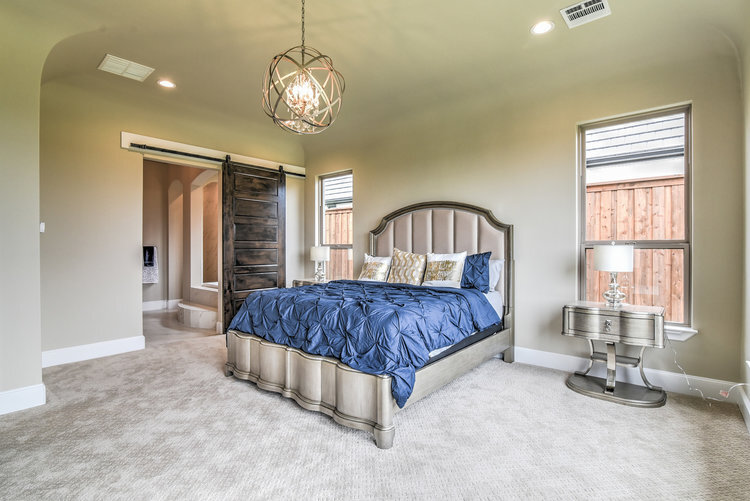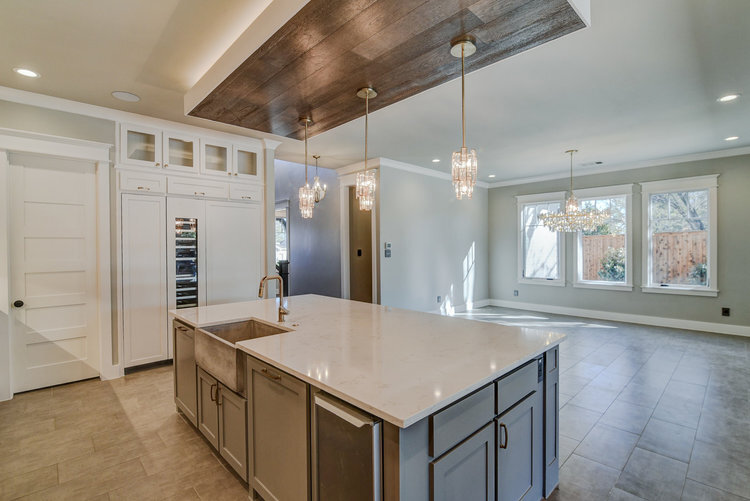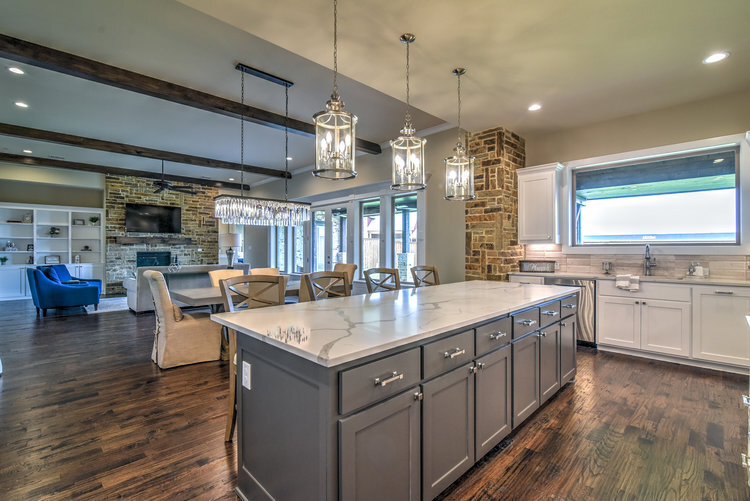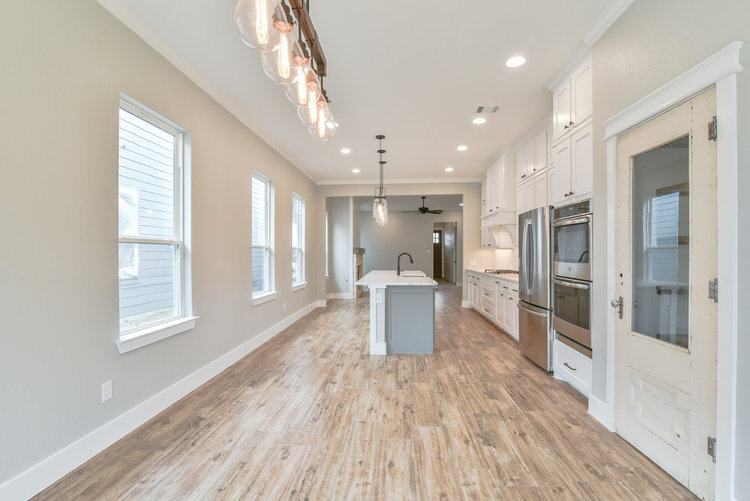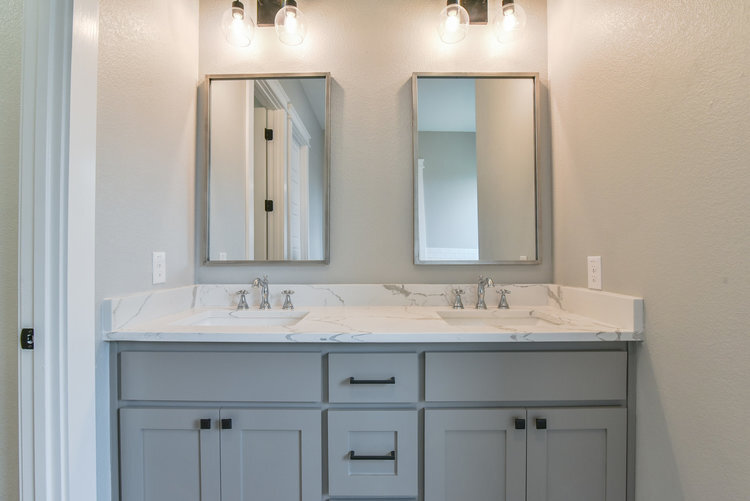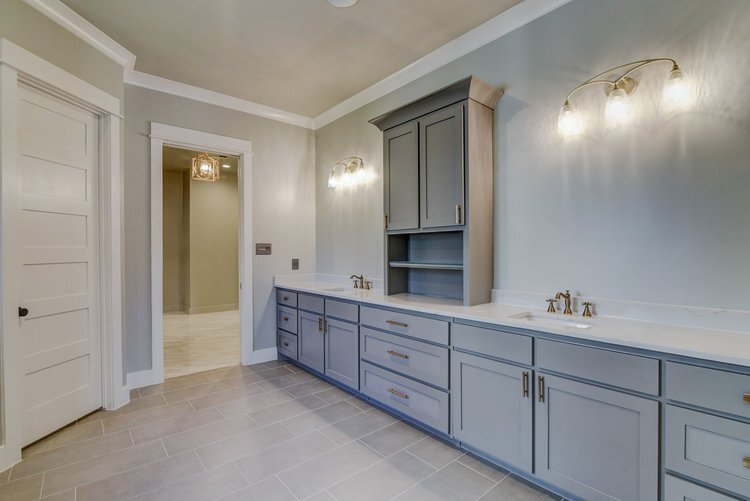Many of our clients express a desire to have an interior designer with them throughout the home building process. An Interior Designer can help navigate the selections process, ensuring the elements will come together in the end to bring your personal style to life. Contrary to popular belief, You may be surprised to find that a professional interior designer can save you time and money. Because they work with a wide variety of products, suppliers and price ranges, they can help you determine a budget range that is comfortable for you based on your priorities. In this article, we are teaming up with our favorite designers at Landry Designs to review some common questions we receive from our clients.
Who is Landry Designs?
Landry Designs is an award winning interior design firm located in Arlington, Texas, serving the entire DFW metroplex. They have been published nationally 28 times with 35 international design awards and have been named the “Best Interior Designer” for eight consecutive years! Landry Designs offers full-service, floor-to-ceiling residential and commercial interior decorating. They work as your own personal designer, collaborating to create dramatic space with access to a huge selection of unique options in furniture and decor, including FREE design services on all of the products they sell!
How Can They Offer FREE Interior Design Service?
We get this question a lot! Landry Designs is able to offer free design services because of their ability to purchase items from their vendors at wholesale and sell at the manufacturer’s suggested retail, just like local stores. They make the process easy. Instead of you having to go from store to store to store for all of these different products, while hoping that your project comes together in a cohesive way, Landry Designs offers one-stop shopping from an award-winning team who listens, and works with you to create extraordinary designs.
You get access to thousands of options from vendors all over the world with exciting selections in furniture, accessories, lighting, area rugs, window treatments, wall coverings, bedding, upholstery, outdoor furnishings, and business interiors.
How Do I Determine a Budget For My Project?
Working with an interior designer doesn’t have to be expensive. During your complimentary consultation, you will have an opportunity to talk over:
Desired style
Project priorities
Average budget ranges for projects similar to yours, with many quality levels available.
Whether you’re working on a remodel, or you’re building your dream home and interested in luxury options, Landry Designs has it all. Together, your budget will be established so you can relax and know that all options they present will fit within your chosen budget for your project.
What to Expect During The First Interior Design Appointment:
The initial appointment is complimentary and typically lasts about an hour. They cover a lot of information on this appointment, including:
1. Getting to Know You: Your designer will sit and visit with you for a few minutes to get to know you and discuss your priorities.
2. Tour & Portfolio Review: They will look at your home plans to give your designer a sense of the architecture, the layout, any existing pieces you may want to work into your design, as well as any future decorating plans. Looking through our portfolio together allows you to see examples of our work, and your designer can see what styles and colors you're drawn to.
3. Master Plan: At the end of the appointment, we'll discuss a Master Plan, listing your priority projects first and then discussing your first project in depth. We'll also discuss budget ranges for your first project, and set our next appointment to start working on it together.
Get An Expert Consultation:
If you are ready to start designing and building the home of your dreams, contact us! We’d love to schedule a consultation with you to learn more about your project and help set you up for success!







